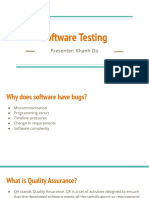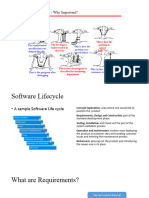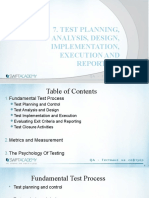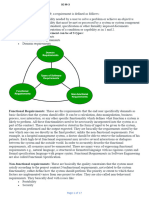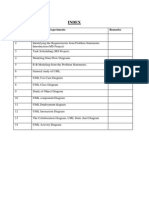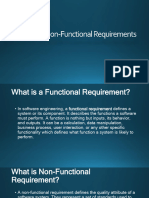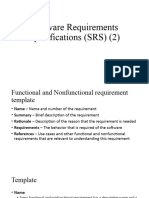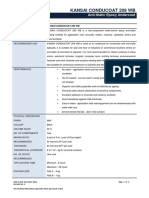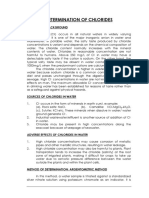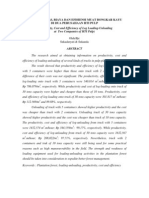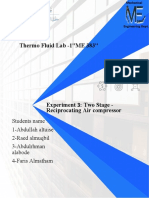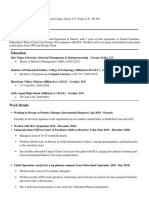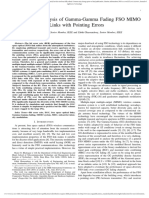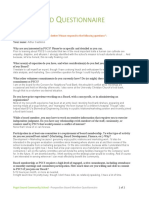0% found this document useful (0 votes)
44 views8 pagesLecture 2 Software Testing Strategies
The document outlines a comprehensive strategy for software testing, emphasizing the importance of test planning, case design, execution, and evaluation. It details various types of requirements, including business, user, functional, and non-functional requirements, and highlights the significance of clear requirements for project success. Additionally, it discusses test case design methods and the use of Testlink for linking test cases to requirements in quality assurance testing.
Uploaded by
blacksaint640Copyright
© © All Rights Reserved
We take content rights seriously. If you suspect this is your content, claim it here.
Available Formats
Download as DOCX, PDF, TXT or read online on Scribd
0% found this document useful (0 votes)
44 views8 pagesLecture 2 Software Testing Strategies
The document outlines a comprehensive strategy for software testing, emphasizing the importance of test planning, case design, execution, and evaluation. It details various types of requirements, including business, user, functional, and non-functional requirements, and highlights the significance of clear requirements for project success. Additionally, it discusses test case design methods and the use of Testlink for linking test cases to requirements in quality assurance testing.
Uploaded by
blacksaint640Copyright
© © All Rights Reserved
We take content rights seriously. If you suspect this is your content, claim it here.
Available Formats
Download as DOCX, PDF, TXT or read online on Scribd
/ 8










